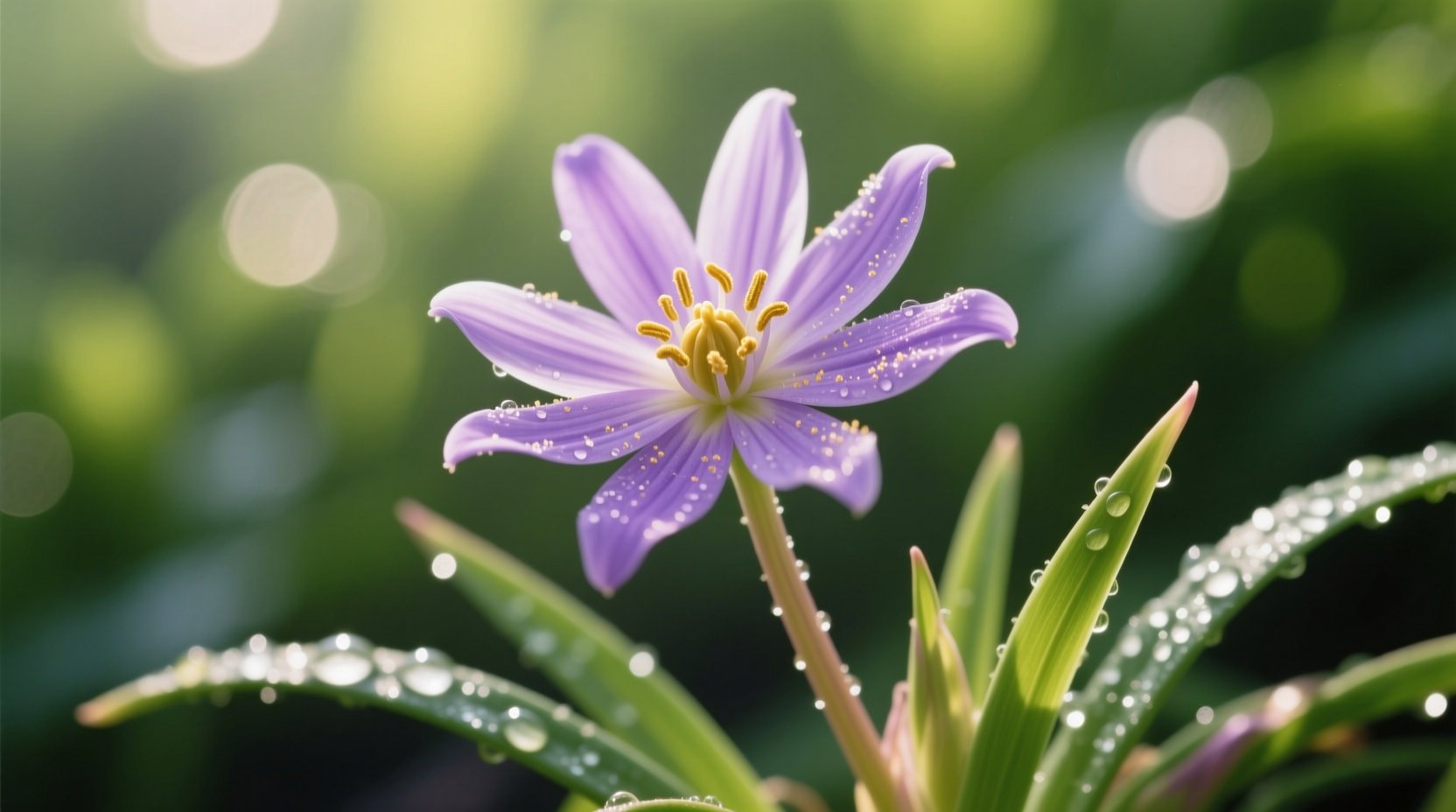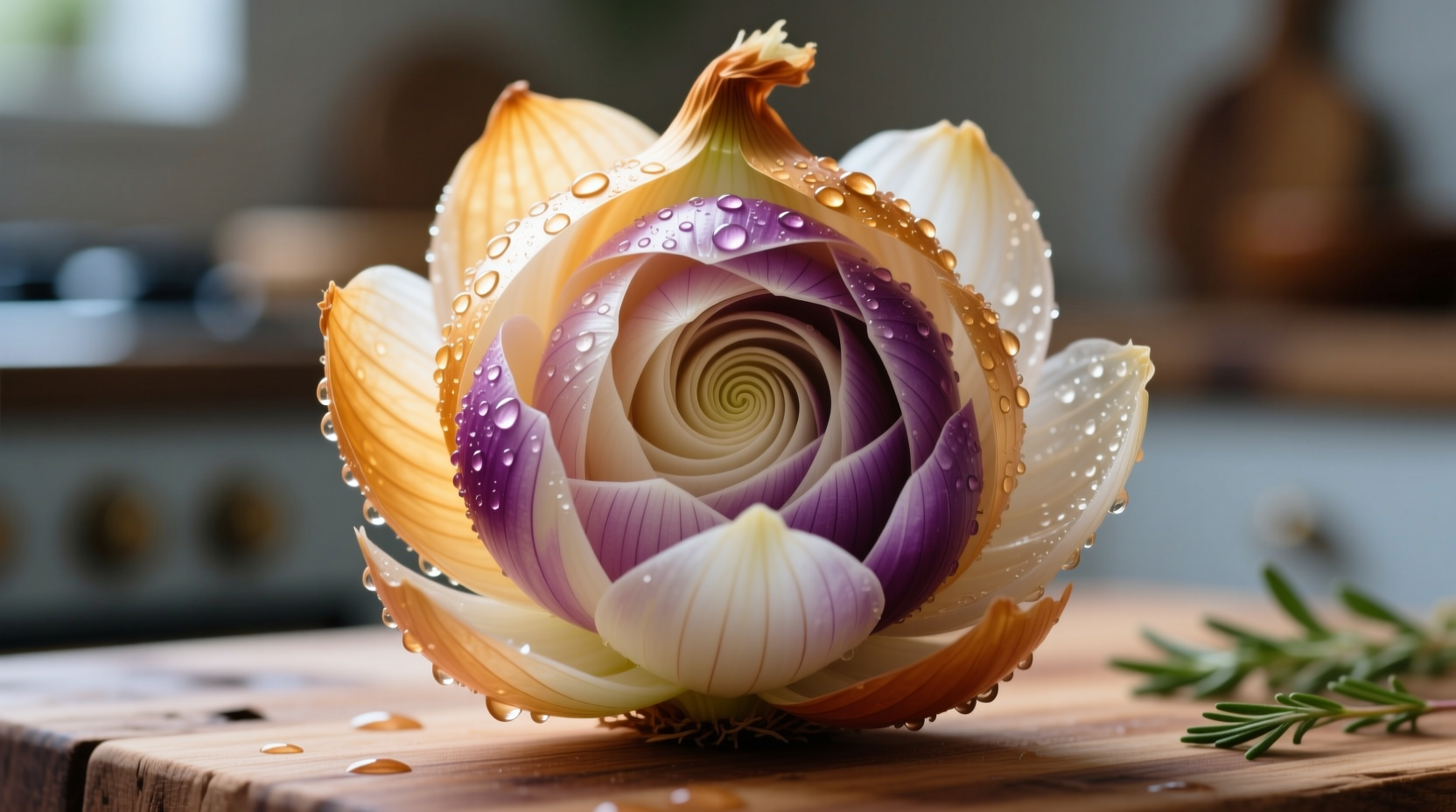Onion bloom (also called bolting) occurs when onion plants prematurely produce flowers and seed stalks, typically due to temperature fluctuations. While bloomed onions remain edible, the bulbs stop growing and develop a tough core, reducing storage life. Proper planting timing and variety selection prevent most bolting issues.
Have you spotted tall, round flower heads rising above your onion patch? That's onion bloom in action—a natural but often unwelcome development for home gardeners. Understanding why onions bolt and how to respond can save your harvest and improve future plantings. Let's explore what happens when onions bloom and how to manage it effectively.
What Exactly Is Onion Bloom?
Onion bloom, technically known as "bolting," refers to the premature flowering of onion plants. Instead of focusing energy on bulb development, the plant sends up a central stalk topped with a spherical flower cluster. This biological process occurs when onions experience specific environmental triggers that signal the plant to reproduce.
From a botanical perspective, onions (Allium cepa) are biennials—they normally complete their life cycle over two growing seasons. In the first year, they develop bulbs; in the second, they flower and set seed. When onions bolt prematurely during their first growing season, it's essentially the plant getting confused about the seasons.

Why Do Onions Bloom When They Shouldn't?
Three primary factors trigger premature onion blooming:
Temperature Fluctuations
Sudden cold snaps followed by warm periods confuse onion plants. When mature onion seedlings experience temperatures below 50°F (10°C) for several consecutive days, they may initiate flower stalk development. This is particularly common with overwintered onions or when planting too early in spring.
Varietal Susceptibility
Some onion varieties naturally bolt more easily than others. Long-day varieties grown in regions with insufficient daylight hours often respond by flowering. Similarly, planting day-neutral varieties outside their optimal latitude range increases bolting risk.
Plant Stress
Nutrient deficiencies, inconsistent watering, or root disturbance can stress onion plants enough to trigger premature flowering. Over-fertilization with nitrogen can also contribute to excessive top growth at the expense of bulb development.
| Onion Type | Bolting Risk | Best Planting Strategy |
|---|---|---|
| Long-day varieties | High in southern regions | Plant in early spring for northern gardens |
| Short-day varieties | High in northern regions | Plant in fall for southern gardens |
| Day-neutral varieties | Moderate across regions | Plant in early spring in most climates |
Is Onion Bloom Good or Bad for Your Harvest?
The impact of onion bloom depends on your gardening goals:
- For immediate harvest: Blooming onions remain edible but develop a tough, woody core through the center of the bulb. The outer layers stay usable, though storage life decreases significantly.
- For seed saving: If you're intentionally collecting seeds, flowering is exactly what you want. Allow the flower heads to dry completely before harvesting seeds.
- For storage onions: Bolting severely compromises storage potential. The plant redirects energy to seed production rather than bulb maturation.
What to Do When You Spot Onion Bloom
Discovering flower stalks in your onion patch doesn't mean your harvest is ruined. Follow these steps:
- Remove the flower stalk immediately by snapping it off at the base. Don't cut it, as this can introduce disease through the hollow center.
- Prioritize harvesting bloomed onions first, as they won't store well. Use them within 2-3 weeks rather than attempting long-term storage.
- Check neighboring plants for early signs of bolting. Plants showing thick necks or rapid top growth may follow suit.
- Adjust your watering schedule to encourage remaining bulbs to mature—reduce water gradually over 7-10 days to begin the curing process.
Preventing Onion Bloom in Future Seasons
Learning from this season's experience can prevent repeat bolting issues:
Choose the Right Variety for Your Region
Match onion types to your latitude:
- Northern gardeners (35-48°N): Long-day varieties like 'Walla Walla' or 'Yellow Globe'
- Southern gardeners (25-35°N): Short-day varieties like 'Texas Grano' or 'Red Creole'
- Middle regions: Day-neutral varieties like 'Candy' or 'Sweet Sunrise'
Optimize Planting Timing
Follow this planting timeline based on your last frost date:
| Planting Method | Northern Regions | Southern Regions |
|---|---|---|
| Transplants | 4-6 weeks before last frost | October-November |
| Seeds indoors | 8-10 weeks before last frost | 8-10 weeks before first frost |
| Direct seeding | As soon as soil can be worked | October-November |
Protect Against Temperature Swings
Use row covers during unexpected cold snaps in spring. For overwintered onions, apply 2-3 inches of straw mulch after the ground cools in late fall.
Can You Still Eat Onions That Have Bloomed?
Absolutely—bloomed onions are perfectly safe to eat. The main differences you'll notice:
- Develop a tough, fibrous core running through the center
- Smaller final bulb size since energy went to flowering
- Shorter storage life (use within 2-3 weeks rather than months)
- Slightly stronger flavor in some varieties
When preparing bloomed onions, simply cut around and remove the tough central core before using. The surrounding layers remain flavorful and suitable for all your favorite recipes.
Understanding Onion Growth Stages
Recognizing normal development helps identify problematic bolting. Here's the typical onion growth timeline:
| Growth Stage | Timeline | What to Watch For |
|---|---|---|
| Germination | 7-14 days | Consistent moisture critical |
| Leaf development | Weeks 2-8 | 6-12 leaves needed for bulb formation |
| Bulb initiation | Daylength dependent | Neck begins to thicken |
| Bulb enlargement | 4-6 weeks | Daily growth visible in ideal conditions |
| Maturity | When tops fall over | Natural signal for harvest |
| Bolting (problematic) | Anytime after 6 leaves | Central flower stalk appearance |
Regional Considerations for Onion Growers
The significance of onion bloom varies by climate:
- Cold climates: Spring temperature fluctuations cause most bolting. Planting too early is the primary culprit.
- Warm climates: Overwintered onions may bolt when days lengthen in spring. Fall planting timing is critical.
- Moderate climates: Both early spring and fall plantings can experience bolting if varieties aren't properly matched to daylength requirements.
According to research from Cornell University's agricultural extension, selecting region-appropriate varieties reduces bolting incidence by up to 75% compared to mismatched varieties. Their field trials demonstrated that proper planting timing further decreases bolting risk by another 15-20%.
Key Takeaways for Successful Onion Growing
Preventing and managing onion bloom comes down to three fundamental practices:
- Variety selection: Match onion types to your specific latitude and climate
- Planting timing: Avoid planting too early in spring or too late in fall
- Stress reduction: Maintain consistent moisture and avoid root disturbance
When bolting does occur, prompt action preserves as much of your harvest as possible. Remember that occasional blooming is normal—even experienced gardeners encounter it. Each season provides valuable learning for your next onion crop.











 浙公网安备
33010002000092号
浙公网安备
33010002000092号 浙B2-20120091-4
浙B2-20120091-4